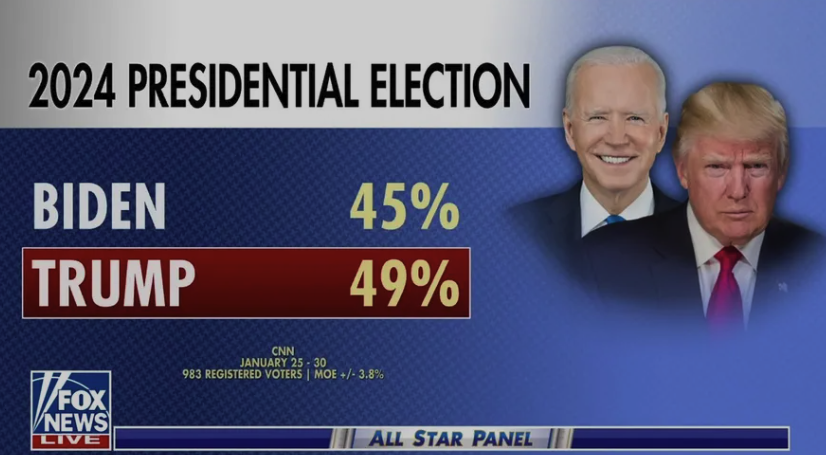
As the 2024 general election gains momentum, the focus is intensely fixed on President Joe Biden and former President Donald Trump, the presumptive nominees of their respective parties. The race is shaping up to be a strategic battle, with key battleground states poised to play pivotal roles in deciding the next President of the United States.
Both Biden and Trump have already made multiple campaign stops in these crucial states and will continue to do so, underscoring the significance of the Electoral College in their paths to victory. This race is particularly interesting because, despite the vast number of votes to be cast nationwide, a mere handful of states will likely determine the outcome.
Biden’s Strategy for Victory
Biden’s primary pathway to reelection hinges on replicating his 2020 Electoral College strategy. His victory that year was secured by winning pivotal battleground states such as Arizona, Georgia, Michigan, Nevada, Pennsylvania, and Wisconsin. A repeat of this pattern would see him secure 303 electoral votes, three fewer than in 2020 due to redistricting, yet still sufficient for reelection.
Despite historical trends suggesting that states rarely vote consistently for the same party in two consecutive presidential elections, Biden’s campaign has shown signs of optimism. Recent polls have indicated a tightening race, with Biden making gains in several key states necessary for his path to victory.
However, Biden faces challenges, particularly in states like Georgia, where Trump has consistently led in polls. If Trump were to win Georgia, Arizona, and Nevada, Biden’s strategy would pivot to securing victories in the “blue wall” states of Michigan, Wisconsin, and Pennsylvania. Winning these states would critically bring Biden to 269 electoral votes, just shy of the 270 needed for victory, suggesting he might only need one more state to push him over the top.
Trump’s Route to the White House
Conversely, Trump appears to hold a polling advantage in many of the critical battleground states. Current polling suggests he leads in Arizona, Georgia, Michigan, Nevada, and North Carolina—enough to surpass the 270 electoral vote threshold.
The race in Pennsylvania and Wisconsin remains tight, with Trump holding a slight edge. Should the election reflect these polls, Trump would comfortably reclaim the presidency with 312 electoral votes, flipping key states that Biden won in 2020 back to the Republican column.
The Impact of Smaller Battleground States
While major states like Pennsylvania, Georgia, and Michigan are often seen as the quickest routes to racking up electoral votes, smaller states like Nevada play a crucial role in tight races. Trump’s strategy also considers North Carolina, a state that has leaned Republican in recent elections and is viewed as a reliable base for his campaign.
The Possibility of an Electoral College Tie
One intriguing scenario is an Electoral College tie at 269-269, which could occur if Biden maintains the blue wall while Trump wins the remaining battleground states, including Maine and Nebraska’s split electoral votes. Such an outcome would thrust the decision into the House of Representatives, where each state delegation would cast a single vote. Given the current political composition, this scenario could favor Trump, making an outright Electoral College win imperative for Biden.
Conclusion
As the campaign progresses, both candidates are likely to refine their strategies and focus on these battleground states. The stakes are high, and the strategies diverse, as each candidate maneuvers through the complex landscape of the Electoral College, aiming to secure the 270 votes needed to win the presidency. The coming months promise intense campaigning and strategic gambits as Biden and Trump vie for every possible electoral vote on the road to the White House.











